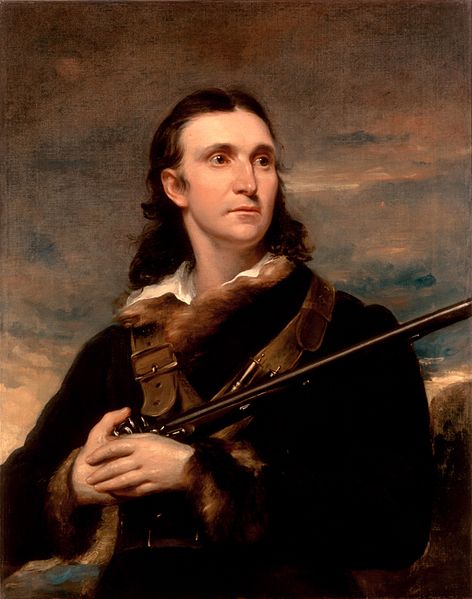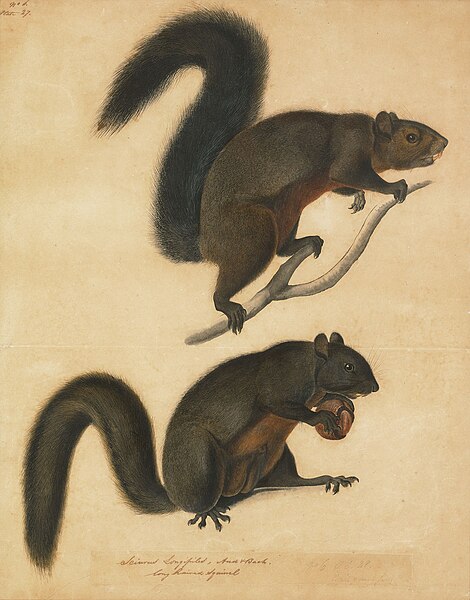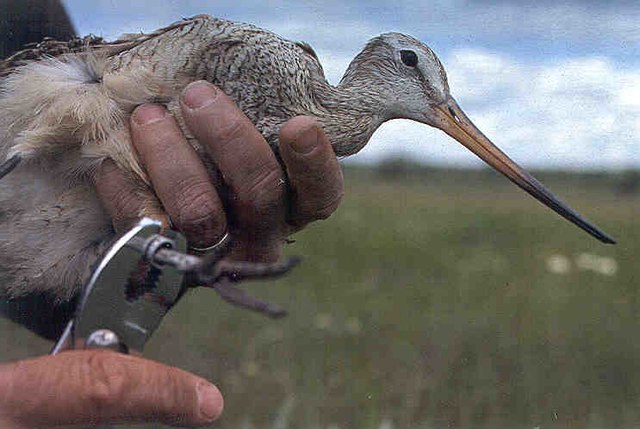John James Audubon was a French-American self-trained artist, naturalist, and ornithologist. His combined interests in art and ornithology turned into a plan to make a complete pictorial record of all the bird species of North America. He was notable for his extensive studies documenting all types of American birds and for his detailed illustrations, which depicted the birds in their natural habitats. His major work, a color-plate book titled The Birds of America (1827–1839), is considered one of the finest ornithological works ever completed. Audubon is also known for identifying 25 new species. He is the eponym of the National Audubon Society, and his name adorns a large number of towns, neighborhoods, and streets across the United States. Dozens of scientific names first published by Audubon are still in use by the scientific community.
Portrait of Audubon by John Syme, 1826
La Gerbetière, mansion owned by Audubon's father in Couëron, where young Audubon was raised
Plate 41 of The Birds of America by Audubon, depicting ruffed grouse
John James Audubon, Long Haired Squirrel, c. 1841.
Ornithology is a branch of zoology that concerns the study of birds. Several aspects of ornithology differ from related disciplines, due partly to the high visibility and the aesthetic appeal of birds. It has also been an area with a large contribution made by amateurs in terms of time, resources, and financial support. Studies on birds have helped develop key concepts in biology including evolution, behaviour and ecology such as the definition of species, the process of speciation, instinct, learning, ecological niches, guilds, island biogeography, phylogeography, and conservation.
A marbled godwit being ringed for studies on bird migration
A collection of bird skins, belonging to the family Cotingidae
Geese from a wall panel from the tomb of Nefermaat, Egypt c. 2575–2551 B.C.
Belon's comparison of birds and humans in his Book of Birds, 1555








